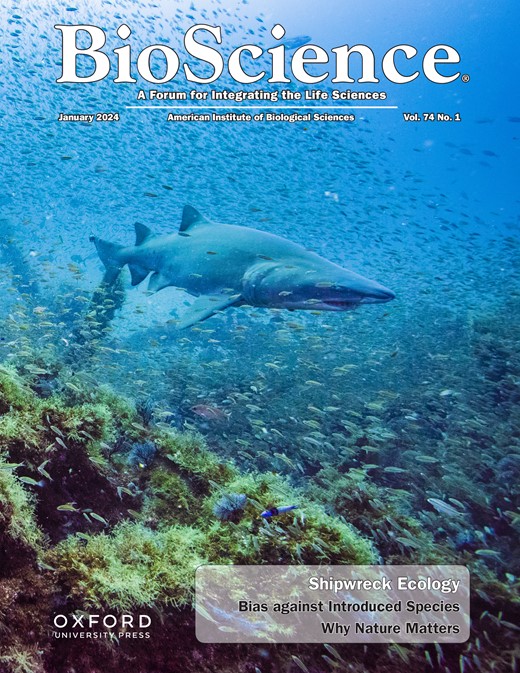生态学和进化中的预测
IF 7.6
1区 生物学
Q1 BIOLOGY
引用次数: 0
摘要
预测经常被认为是科学的必要条件,但在不同的背景下,预测对不同的人意味着不同的东西。我通过回答五个问题来组织和解释这种多样性。预测某事是什么意思?为了回答这个问题,我将预测的概念描述为预言、诊断、历史、可重复性和命运。我们想要预测什么?在这里,我描述了预测是如何沿着几个轴变化的:一般到具体,定性到定量,相对到绝对,点到范围,连续到不连续。预测从何而来?在这种情况下,我关注的是演绎推理和归纳推理。我们如何检验预测?这里的答案并不简单,我讨论了各种方法和困难。预测有多好?毫不奇怪,这取决于预测的内容以及我们如何判断成功。重要的是,我并不支持一种“最佳”的预测方法,相反,我概述了预测的各种表现形式,以帮助组织对该主题的实际思考。本文章由计算机程序翻译,如有差异,请以英文原文为准。
Prediction in ecology and evolution
Abstract Prediction is frequently asserted to be the sine qua non of science, but prediction means different things to different people in different contexts. I organize and explain this diversity by addressing five questions. What does it mean to predict something? To answer this question, I describe concepts of prediction as prophecy, diagnosis, history, repeatability, and fate. What are we trying to predict? Here, I describe how predictions vary along several axes: general to specific, qualitative to quantitative, relative to absolute, point to range, and continuous to discontinuous. Where do predictions come from? In this case, I focus on deductive versus inductive reasoning. How do we test predictions? The answer here is not straightforward and I discuss various approaches and difficulties. How good are predictions? Not surprisingly, it depends on what is being predicted and how we judge success. Importantly, I do not espouse a “best” way to approach prediction but, rather, I outline its diverse manifestations so as to help organize practical thinking on the topic.
求助全文
通过发布文献求助,成功后即可免费获取论文全文。
去求助
来源期刊

BioScience
生物-生物学
CiteScore
14.10
自引率
2.00%
发文量
109
审稿时长
3 months
期刊介绍:
BioScience is a monthly journal that has been in publication since 1964. It provides readers with authoritative and current overviews of biological research. The journal is peer-reviewed and heavily cited, making it a reliable source for researchers, educators, and students. In addition to research articles, BioScience also covers topics such as biology education, public policy, history, and the fundamental principles of the biological sciences. This makes the content accessible to a wide range of readers. The journal includes professionally written feature articles that explore the latest advancements in biology. It also features discussions on professional issues, book reviews, news about the American Institute of Biological Sciences (AIBS), and columns on policy (Washington Watch) and education (Eye on Education).
 求助内容:
求助内容: 应助结果提醒方式:
应助结果提醒方式:


